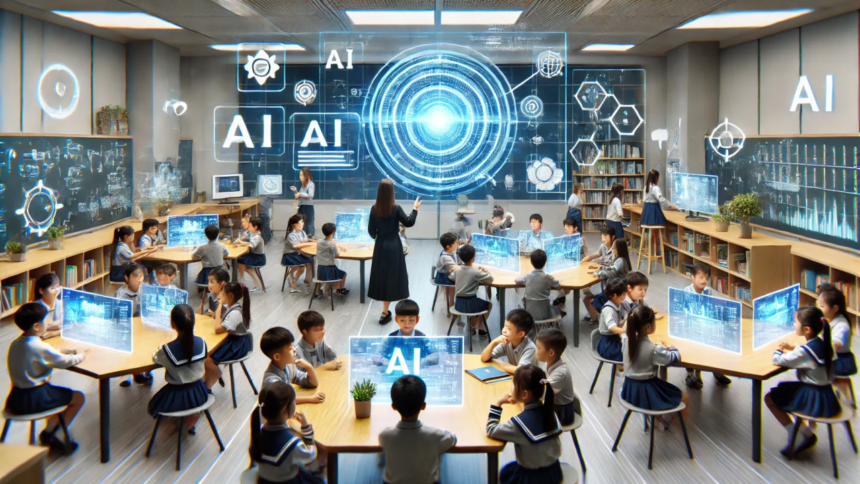Introduction: A New Era for Education
As artificial intelligence (AI) continues to reshape industries, education is undergoing a transformative shift. The rise of AI in education is not about replacing teachers, but enhancing their capabilities. In fact, AI and human teachers can collaborate to create more personalized, engaging, and effective learning experiences. According to a 2023 Walton Family Foundation survey, 71% of teachers and 65% of students agree that AI tools are essential for student success in college and the workplace.
The Power of Human-AI Collaboration
AI systems excel at processing vast amounts of data and providing personalized feedback at scale. They analyze performance patterns, identify gaps, and adjust learning difficulty in real time. On the other hand, human teachers bring emotional intelligence, mentorship, and an understanding of individual student needs. Together, they form a powerful partnership that elevates education.
According to Forbes, 60% of teachers already use AI for tasks like grading, tracking progress, and creating exercises. This allows them to focus on high-value activities such as mentoring and facilitating discussions.
Success Stories of AI-Teacher Synergy
One example is Squirrel Ai, which has helped improve student question accuracy from 78% to 93% using adaptive algorithms. The system combines teacher-designed curricula with neural network-based feedback, enabling educators to deliver lessons while the AI handles personalized recommendations.
Another success story is Carnegie Learning’s MATHia, which provides real-time insights into student thinking. Its LiveLab feature allows teachers to intervene instantly when students struggle. This hybrid model ensures that while AI identifies learning gaps, teachers provide the human touch.
Generative AI: Empowering Teachers
Tools like ChatGPT and Claude allow teachers to generate differentiated lesson plans and classroom activities in minutes. By saving time on preparation, educators can invest more effort in personalized instruction. These generative AI tools are not only accelerating workflows but also enhancing creativity in lesson planning.
Challenges and Opportunities
For true transformation, schools must invest in AI infrastructure and teacher training. Educators need to feel empowered, not replaced. Progressive schools are already launching AI competency programs to support teachers in integrating platforms like Squirrel Ai and ChatGPT.
According to Pew Research, 73% of educators remain optimistic or open-minded about AI’s potential in the classroom. However, equity remains a major concern. Policymakers must ensure that all students, regardless of geography or funding, benefit from these advancements.
Conclusion: A Collaborative Future
The future of education isn’t about choosing between AI and teachers. It’s about combining the analytical power of AI with the emotional intelligence and mentorship of educators. Together, they can build personalized, equitable, and inspiring learning environments for the next generation.
Educational institutions, technologists, and policymakers must embrace this collaborative approach now. The tools are ready. The teachers are willing. It’s time to reimagine learning as a partnership between humans and machines.
Internal Resource: How Generative AI is Upskilling Educators
External Resources:


